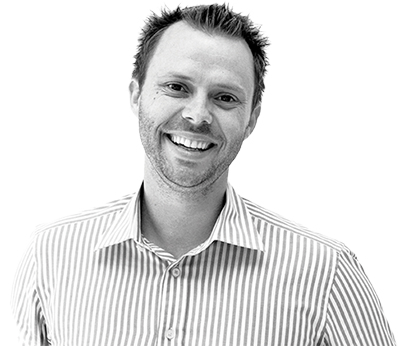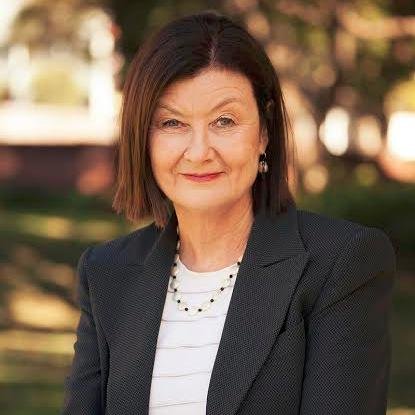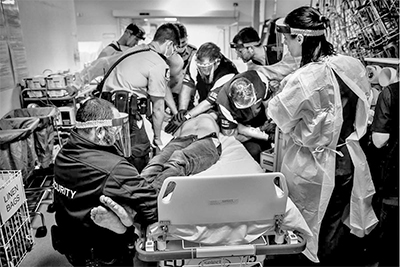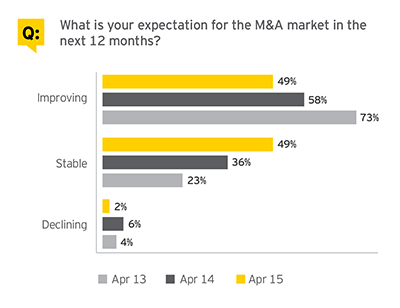Credit record group joins with pollster in ad analytics
EXTRA >>
A COLLABORATION between credit record group Veda and polling company Nielsen could bring a new paradigm to advertising effectiveness measurement.
The organisations are set to combine their research capabilities in Australia to extend the measurement of advertising impact and total spend beyond the ‘target’ market and into the entire market.
“In this new digital age, advertisers are demanding more specific targeting and going down to a postcode level isn’t good enough anymore,” Nielsen Media Industry Group leader Monique Perry said.
“Advertisers want to know what media the household consumes and what message to present. This relationship is a crucial advancement in building profitable consumer relationships.” 
Ms Perry said the alliance would assist clients’ strategies by integrating insights derived from their customer data.
“Meaning they are able to communicate specifically to the right segment, with the right message on the most effective media,” she said.
“For example, if an auto company wants to reach Australians that have a low-risk loan capacity and no defaults, Nielsen and Veda together allow a marketer to segment those people and then identify what media they consume – using actual data from Veda’s finance currency information alongside media currency information within Nielsen Consumer and Media View.
“Brands and marketers need more predictable, high quality outcomes from media investment and we believe this solution provides better predictability and measurability than any other solution,” Ms Perry said.
“Veda brings hard financial and household data and Nielsen’s Consumer and Media View solution provides the colour and definition to provide a vivid image of consumers; knowing what makes them tick, what they like and loathe, and how to reach them. When you integrate this with a brand’s customer data, the solution is incredibly powerful.”
MORE DETAIL
In the past, advertisers could only identify and track marketing strategies against their own targets and not the market. These metrics didn’t take into account the real size of spend and were hard to customise.
This new alliance aims to provide a step-change for advertisers. For the first time, marketers may be able to understand and segment Australian households based on validated actual financial characteristics, overlaid with consumer behaviours and attitudes alongside actual media consumption.
The Veda-Nielsen relationship utilises Veda’s rich demographic, behavioural and lifestyle profiles drawn from 16 million Australian consumers. The information has been specifically developed for business to consumer marketing and analytics. It comprises over 40 descriptive and predictive attributes, such as propensity to be in the market for home loans, credit cards or personal loans.
This financial information has been combined with existing consumer attitudes and real media currency data, potentially providing big benefits for advertisers. The combined data sets are integrated straight away, meaning it iss fast and actionable.
Veda’s customers usually utilise data intelligence provided by Veda to make decisions on credit risk, verify identity and employee background, reduce identity theft and fraud, and undertake digital marketing strategies.
The goal of the alliance is for a advertisers to be able to plan and act with speed; identify what motivates consumers and how they interact with different brands and media. It shows which websites target consumers are visiting, the television programs they are watching and what they are reading or listening to. Early studies have also shown that the solution has immense predictive capabilities - a holy grail for sales and marketing executives.
In parallel to planning, advertisers can develop and activate segmentation; connecting with customers and prospects through Veda’s consumer data assets. This allows them to better reach consumers through digital and direct marketing channels, aligning with internal customer relationship management (CRM) capabilities.
Veda chief data officer Lionel Lopez said, “The combined data mapping that the partnership between Nielsen and Veda creates will unleash new discoveries to improve customer experience.
“In the short term the relationship will enhance campaign management selection and create more rounded client segmentation. The next wave will offer enhanced measurement of RoI and personalised channel performance through Veda’s marketing services.
“Finally, Nielsen and Veda will provide a data source that can be used in collaboration with our customers and partners to deliver innovative solutions,” Mr Lopez said.
ABOUT NIELSEN CONSUMER & MEDIA VIEW
Nielsen’s Consumer & Media View claims to offer ‘a treasure chest of insights about consumers and what makes them tick’. Its comprehensive coverage offers a 360 degree view of the consumer across all areas of daily life. This information can be used to address business issues to help understand what motivates consumers or how they interact with different media.
It can tell users exactly which websites target consumers are visiting, the television programs they are watching, what they are reading or listening to, and this can be built into communications strategies and plans.
Nielsen N.V. (NYSE: NLSN) is a global performance management company that provides a comprehensive understanding of ‘what consumers watch and buy’. Nielsen’s Watch segment provides media and advertising clients with total audience measurement services across all devices where content — video, audio and text — is consumed.
The Buy segment offers consumer packaged goods manufacturers and retailers the industry’s only global view of retail performance measurement. By integrating information from its Watch and Buy segments and other data sources, Nielsen provides its clients with both world-class measurement as well as analytics that help improve performance.
Nielsen, an S&P 500 company, has operations in over 100 countries that cover more than 90 percent of the world’s population.
ABOUT VEDA
Veda (ASX:VED) is a data analytics company and a leading provider of credit information and analysis in Australia and New Zealand. From its core credit bureau business established in 1967, Veda, formerly Veda Advantage, has expanded to deliver a suite of credit and other analytical products targeted to consumers and specific industry segments.
Veda is built on the largest, most comprehensive and current data source in Australia and New Zealand with information on around 20 million credit active people and 5.7 million commercial entities. The breadth and depth of Veda’s data, and the knowledge it delivers, can help customers take a proactive and informed approach in making decisions.
ends

 How to resolve AdBlock issue?
How to resolve AdBlock issue? 



